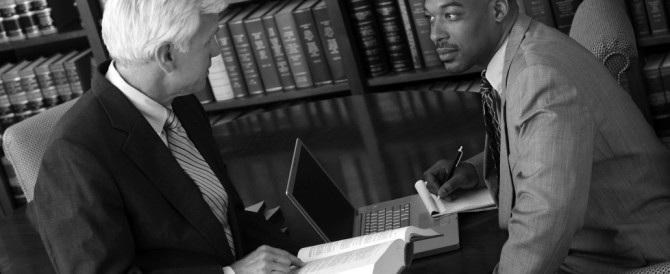Interpreting the Constitution
The American Constitution, with its twenty-seven amendments, is the foundation for the United States Government and the American legal system. It identifies the three branches of law and the delineated powers that each of those branches possess. But to most people, it describes the characteristic set of rights and freedoms that are offered to all citizens of the United States. Although legal professionals look to the Constitution to determine whether a given act is lawful or unlawful, the Constitution should not be taken at face value. That is, it is subject to interpretation in judicial settings. For this reason, the U.S. Constitution has been described as a “Living Constitution.” It is flexible; it adapts and changes according to the issues of the era.
Legal Issues
There is no singular correct way to interpret the Constitution as it is written. Often, the interpretation depends on the individual, taking into consideration his or her moral values, prejudices, beliefs, and past experiences. It is the role of the Supreme Court to interpret the Constitution, a process that is integral to the United States’ commitment to democracy. The Supreme Court is considered the highest court in the United States and has jurisdiction above all other courts in the country. Cases that are brought to the Supreme Court have already been considered in federal or state courts and are considered appeals. The Supreme Court has original jurisdiction a dispute occurs between the United States and a state, or two states.

Process
The Court receives over 5,000 requests for hearings in a given year and selects 150 to proceed. Those 150 are given an appointment. During the appointment, the nine appointed justices listen to case explanations from both sides. Usually, these are given by lawyers. This may take up to a week. Following the oral arguments, the judges assemble as a group in a private room and discuss the legal matters that have been presented to them. Each justice offers his or her decision and a subsequent explanation, after which a preliminary vote is conducted. Once a majority has been established, one of the judges who voted on the majority side is appointed to write up the case. The draft is circulated and draws commentary from the judges. At this point, judges may still change their vote. A decision is reached through another vote; sometime after this the decision is made available to the public.
Challenges
The Supreme Court is a valuable part of a democratic society. However, in recent years the Supreme Court has come under fire, with some accusing the Court of playing favorites in its decision-making process. In a recent case titled McCutcheon versus Federal Election Commission, Conservative members of the Supreme Court voted 5-4 in favor of repealing a decision that limited electoral campaign contributions from third parties. The decision outraged some Americans, particularly Democrats, who decried the move as a step towards an electoral system controlled by money. The Supreme Court has also been denounced for its appointment process; the president is responsible for appointing judges for life-long terms. Critics of this system believe that judges should be voted in by members of the public.
